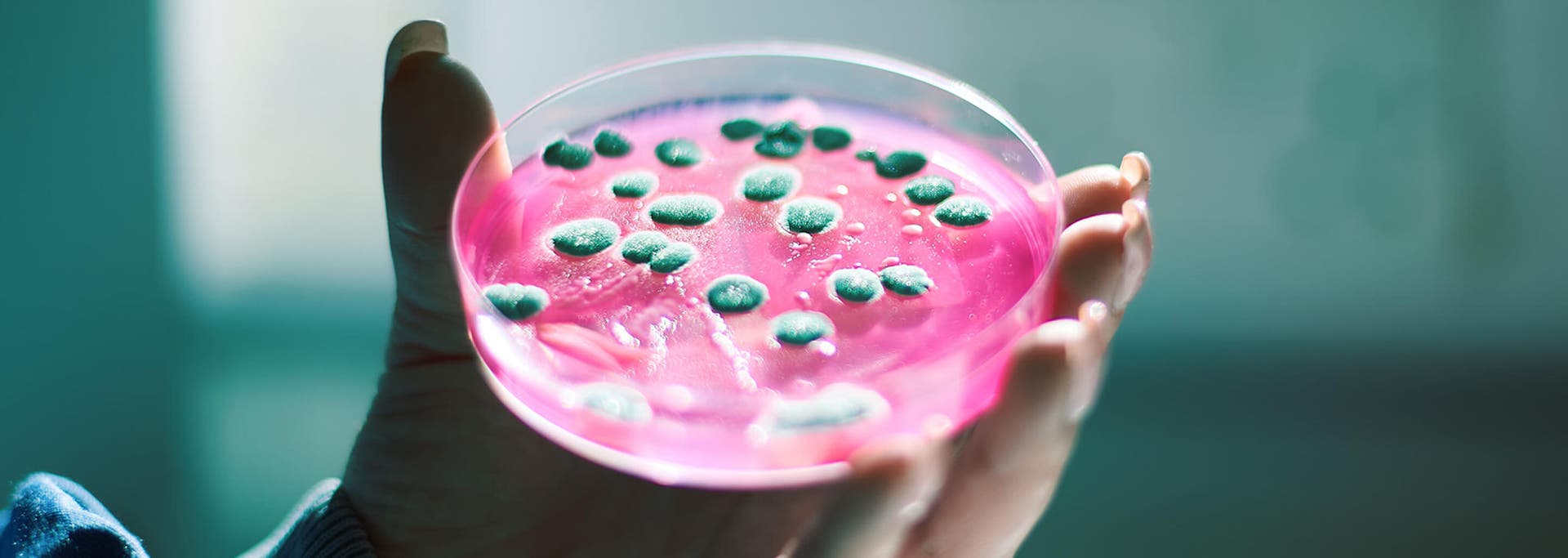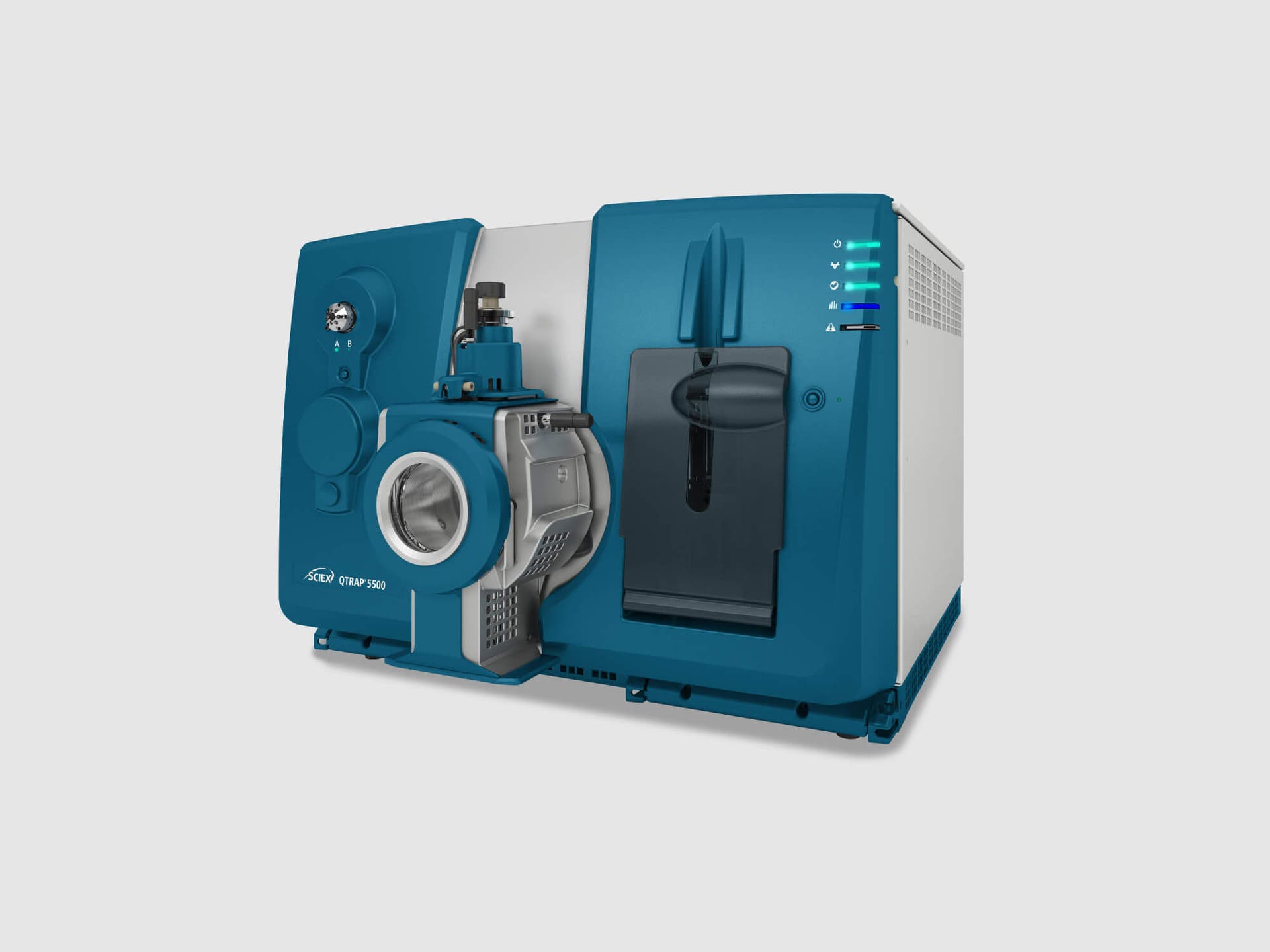Food testing for mycotoxins is crucial to determine not only mycotoxin levels, but also geographical variations in those levels and track how they develop over time.
Mycotoxin testing

Mycotoxin testing challenges
Mycotoxins are naturally occurring toxins produced by certain fungi that can be found in food. As fungi often thrive under warm and humid conditions, a variety of foodstuff can be affected, including cereals, nuts, spices, dried fruits, pulses, apples and derived products like cider, coffee beans, dry vine fruits, wine and grape juice, cocoa and many more.
The emerging trend of a plant-based diet can elevate exposure levels in individuals following a vegetarian diet. With this nutritional trend, mycotoxins have re-claimed the spotlight in residue testing in recent years.
During testing, the complex plant matrices can interfere with the ionization process in the mass spectrometer, affecting sensitivity and accuracy. Complex matrices can also impact robustness. Analytical scientists need to address matrix effects carefully through matrix-matched calibration or the use of internal standards to ensure reliable quantification. Mycotoxins also often occur in trace amounts, demanding highly sensitive analytical methods to detect and quantify them accurately. Optimization of instrument parameters and sample preparation techniques is crucial to achieve the required sensitivity levels. The fact that many grains and nuts can be contaminated with multiple mycotoxins simultaneously, poses an additional challenge for comprehensive analysis.
Developing these methods can be time consuming; that’s why SCIEX has done it for you.
Benefit from outstanding application expertise to set up your mycotoxin testing and count on SCIEX' system design to deal with those difficult matrices.
SCIEX' source design with orthogonal spray enables outstanding robustness thanks to heat transfer from the two side heaters (in a V-shape) into the center providing the heat to evaporate solvent and ions.
QTRAP and MRM3 provide additional sensitivity giving you high confidence in your results.
SCIEX' fast electronics enable advanced switching capabilities. With ultrashort dwell and pause times, our systems are made for high numbers of analytes in a single method. Our easy-to-learn SCIEX OS software makes data processing streamlined, even for beginners.
Difficult matrices - choose SCIEX.
Highlighted workflow
Mycotoxin testing including masked mycotoxins
Mycotoxins pose a serious health risk to humans and livestock, hence a number of classes of mycotoxins are regulated. But plants themselves can modify some of these compounds creating ‘masked mycotoxins’ that also must be evaluated. An improved high-throughput workflow for testing mycotoxins, their metabolites and emerging masked mycotoxin compounds using LC-MS/MS with fast polarity switching equips your lab for future requests in mycotoxin testing.
- 530 mycotoxins, their metabolites and emerging masked mycotoxins
- Polarity switching for a single 22 min analysis
- Cost reduction can be realized by the minimizing of consumables, such as mobile phase solvents
- Turbo V™ Ion Source to handle the dirty matrices associated with mycotoxin analysis
Featured mycotoxin testing resources
-
Webinar
Safeguarding food and feed: Determination of mycotoxins according to EU regulations
Explore the groundbreaking method developed in collaboration with Landeslabor Berlin-Brandenburg, a prominent government testing institute renowned for its expertise in food, medicines, animal diseases, and environmental assessments. Learn about the best column and solvent combination for over 30 mycotoxins in alignment with the hardest EU regulations in baby food and dietary products (Commission Regulation (EC) No 1881/2006 (version of 25.5.2023))
-
Technical note
Rapid quantification of 30 mycotoxins in animal feed
Best results were obtained using a combination of two different SPE columns. Polarity switching was used to enable sensitive detection of all 30 compounds in a single injection, with a total run time of 13 minutes.
Mycotoxin Workflow
Solutions
Succes through:
- High sensitivity and selectivity
- Intuitive data processing
The SCIEX Triple Quad 5500+ system is equipped to conquer your laboratory’s most complex workflows and opportunities. With this LC-MS/MS system, you have the sensitivity and performance to meet analytical and regulatory demands for low-level trace detection with ease.
Unleash the analytical power of the next-generation software platform for data acquisition and processing.
All resources
-
Technical note
Quantification of aflatoxin M1 in milk using the SCIEX QTRAP 4500 LC-MS/MS system
The developed method was validated as per the regulatory guidelines described in the Commission Decision (2002/657/EC) directive.
-
Technical note
Analysis and quantification of mycotoxins in cereals using time-scheduled MRMHR workflow
Selective and resistant to matrix interference simplified sample preparation. A high-resolution secondary library of mycotoxins removes the need for reference samples.
-
Technical note
Simultaneous analysis of 26 mycotoxins in grain on a SCIEX Triple Quad™ 3500 MS System
Limits of Quantitation (LOQ) of all mycotoxins were found between 0.5µg/kg and 20µg/kg, meeting the requirements of the grain industry standard.
-
Webinar
Service, support and software webinar hub
Explore the webinars all in one place. Reducing unplanned downtime, SCIEX OS software tips and tricks, audit readiness and more.
-
Technical note
Quantitation of mycotoxins and tropane alkaloids in food using SCIEX 7500+ system and QTRAP technology
This technical note demonstrates a method for analysis of 23 mycotoxins and 2 tropane alkaloids in four food matrices achieving limits of quantitation (LOQs) 10-250 fold lower than the European Union (EU) Maximum Residue Limits (MRL)
-
Technical note
Overcoming challenges in mass spectrometry: Performance gains for mycotoxin, plant toxins and secondary metabolites quantitation with the SCIEX 7500+ system
This technical note describes an ultrafast multiple reaction monitoring (MRM) method for the quantitation of mycotoxins in food on the SCIEX 7500+ system. Due to new ion accelerating capabilities, the improved MRM acquisition rate enabled the measurement of ~1,000 analytes in 11 minutes, with acquisition times as low as 3 ms per MRM
